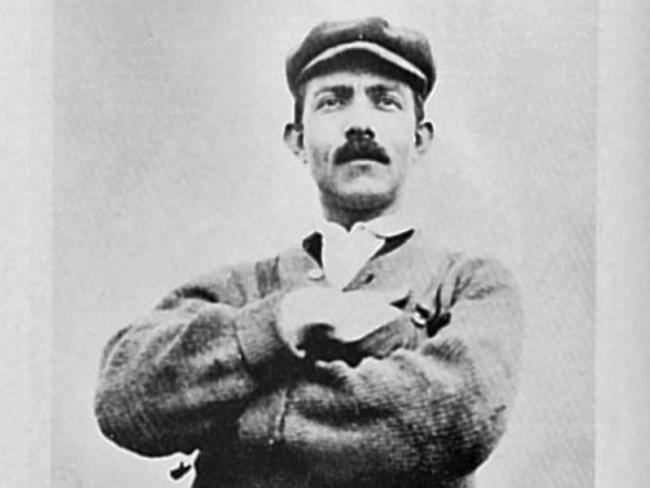Nationality American Spouse Rose Schramm (m. 1911) | Name Wallingford Riegger | |
 | ||
Born April 29, 1885 Albany, Georgia Books String Quartet No. 2, Op. 43: Set of Parts, Concerto for Piano and Woodwind Quintet, Op. 53: Score and Parts Similar People John J Becker, Carl Ruggles, Henry Cowell, Charles Ives | ||
Wallingford riegger symphony no 4 first movement part one
Wallingford Constantine Riegger (April 29, 1885 – April 2, 1961) was an American music composer, well known for orchestral and modern dance music, and film scores. He was born in Albany, Georgia, but lived much of his life in New York City. He is noted for being one of the first American composers to use a form of twelve-tone technique.
Contents
- Wallingford riegger symphony no 4 first movement part one
- Wallingford riegger string quartet no 2 first and second movements
- Life
- Musical style
- Early period
- Later period
- Selected works
- References
Wallingford riegger string quartet no 2 first and second movements
Life
Riegger was born in 1885 to Ida Wallingford and Constantine Riegger. After his father's lumber mill burned down in 1888, his family moved to Indianapolis, and later to Louisville, finally settling in New York in 1900. A gifted cellist, he was a member of the first graduating class of the Institute of Musical Art, later known as the Juilliard School, in 1907, after studying under Percy Goetschius. He continued his studies at the Hochschule für Musik in Berlin for three years. After returning in 1910, he married Rose Schramm in 1911, with whom he later had three daughters. He returned to Germany and served in various conducting positions until the United States entered World War I in 1917, after which he moved back to America.
From 1918 to 1922, he taught music theory and violoncello at Drake University. During the greater part of the time from 1930 to 1956, he continued to compose and publish while he taught at various colleges in New York State, notably the Institute of Musical Art and Ithaca College. In 1957, he was called before the House Un-American Activities Committee, which was investigating communism in the musical world. In 1958, Leonard Bernstein honored him by conducting his Music for Orchestra with the New York Philharmonic Orchestra. He died in New York in 1961 when he tripped over the leashes of two fighting dogs, resulting in a fall and a head injury from which he did not recover despite treatment. Bernstein said of him in his eulogy, "All who knew Wally loved him."
His students included Robert Ashley, Alan Stout and Merton Brown. See: List of music students by teacher: R to S#Wallingford Riegger.
Musical style
Riegger was known for his use of a twelve-tone system, related to that of Schoenberg. He became familiar with the technique through Schoenberg's American student Adolph Weiss. However, he did not use it in all of his compositions and his usage varied from that of Schoenberg, for example in not always using rows with twelve tone and not using transposed forms of the rows. Riegger's Dance Rhythms, for example, did not use these techniques. Aside from Schoenberg, Riegger was also significantly influenced by his friends Henry Cowell and Charles Ives.
Early period
Early on in his career as a composer, the style of his compositions was markedly different from that of his later work, which mostly used the twelve-tone system. His compositions, following those of Goetschius, were somewhat romanticist.
Later period
Starting in the mid-1930s, Riegger began to write contemporary dance music. Later, as his career progressed, he began to use Schoenberg's twelve-tone technique more and more often, though he did occasionally revert to his earlier styles. From 1941 on, he focused almost solely on instrumental music. His Symphony No. 3 received the New York Music Critics' Circle Award and a Naumburg Foundation Recording Award.
Selected works
Choral
